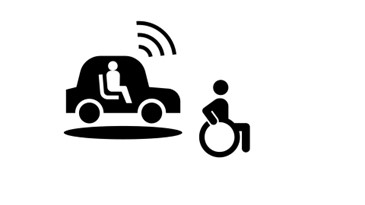Stellantis AI and autonomous driving for the special needs population

Stellantis is a 400,000 person organization and one of the largest automakers producing 6 million cars per year across 14 brands like Maserati, Jeep, Chrysler and Ram. Because of this scale Stellantis sits on a massive amount of data which can be brought to bear on its AI capabilities for autonomous driving. Neda Cvijetic who is the Senior Vice President of AI at Stellantis provided some interesting technology insights on AI for autonomous vehicles:
-having easy-to-use APIs and integration points for the different teams working on AI areas such as odometry or steering. This allows for greater collaboration on bigger cross-functional problems.
-having “explainability” as a key part of any machine learning algorithms because they are in an industry that is heavily regulated and safety is a key part of that
-most machine learning is in the 2D space but in the car the world is 3D. Having more depth estimation and volumetric 3D models is going to be fundamental in how you architect the AI stack
-the AI software stack can look different for different types of use cases such as off-road, highway, rural, urban but the key is to use foundation models and then have a little room to customize and tweak in certain use cases
-when we get to the point when cars can drive themselves, then designing the in-cabin experience becomes important. Can you program the car to have its own driving personality? How do you combine different sensors – visual, audio, tactile (through seat sensors) and fuse them together to give a different experience.
With Stellantis’s unique position to generate data from dozens of different types of vehicles and being the first automaker to enter the mobility marketplace with its DriveAbility Program (that provides customizable adaptive equipment to make life easier for the disabled), it has a serious advantage in specialized autonomous use cases for the Special Needs, disabled and elderly community.
Recent Comments